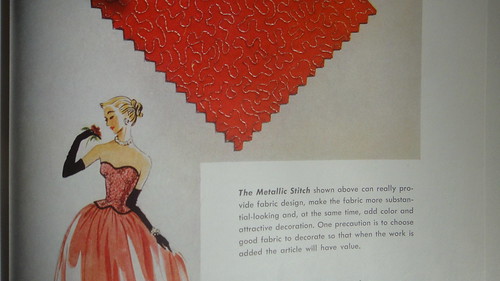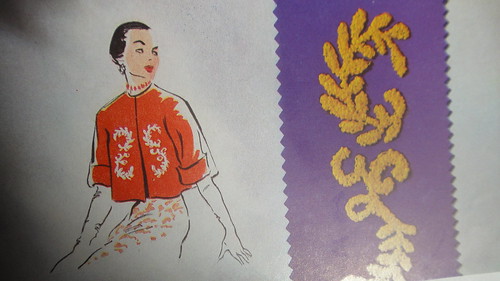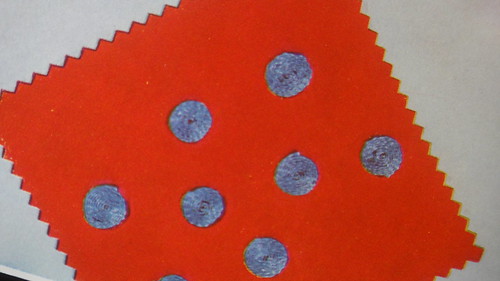Exploring the Possibilities in a Vintage Machine
Today's computerized machines come with a million fancy stitches, and youtube videos to entice you with the possibilities of embroidery and buttonholes, and hemming, tucking, then they link you to other videos featuring specialty feet, and Oh wouldn't you love to have this fancy foot, look what it can do. Some of these machines can be as expensive as a new car, that's my only objection. At the free motion quilting workshop there was a sea of Berninas (mostly because the local dealer has a cult following), I showed up with a 50 year old machine and it was like a museum piece.
How many of us actually use all of the features? With garment sewing all you really need is a good straight stitch.

We get machines without exploring everything the machine is capable of. I've decided, no new machine until I explore everything my Singer will do. For this experiment, I'm starting off with the most basic of machines, a Vintage Singer 15-91. It has a straight stitch and back stitch, so it goes forward and backwards. Originally it came with a box of attachments.
How many of us actually use all of the features? With garment sewing all you really need is a good straight stitch.

We get machines without exploring everything the machine is capable of. I've decided, no new machine until I explore everything my Singer will do. For this experiment, I'm starting off with the most basic of machines, a Vintage Singer 15-91. It has a straight stitch and back stitch, so it goes forward and backwards. Originally it came with a box of attachments.
For the next few blog posts, I'll be going back in time with my Singer Sewing Book, published in 1949.
I am most intrigued with the Fashion Stitches and Monogram techniques in the book, because between you and me it doesn't look possible to successfully create these stitches.
Metallic Stitch
Boucle Stitch
Spiral Stitch
Here's to hoping my next post isn't about tears, best absorbing Kleenex brands and the frustrations of working with a Vintage Machine.




Comments
But, at least with 2 of my stable of machines, I can still sew when the lights go out!!!
BTW these are not my only machines - I have stashes of machines, as well as stashes of fabric, patterns, notions, threads and just plain stuff (why do I/we feel the need to downplay our creative collections??)